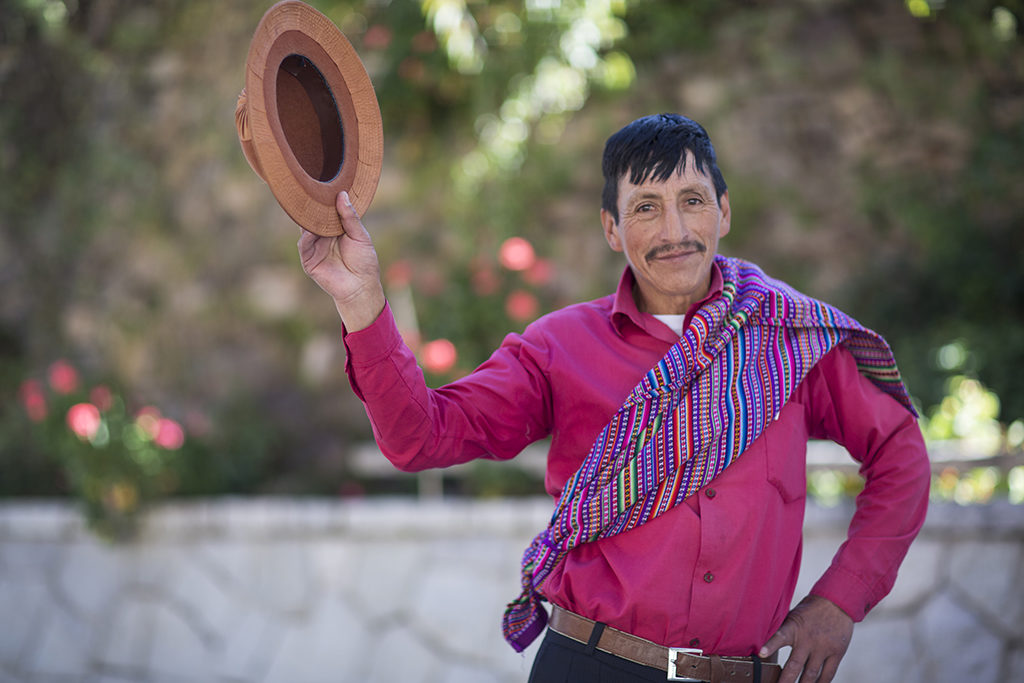Marcelo Tiza:
More than 260 varieties
Quilcas, Huancayo, Junín
When I was a boy, there was a diversity of potatoes but we’ve been losing some of the varieties. We’re now getting them back little by little.
We have new varieties. Just by going to all the fairs,when we see a potato that we don’t have, we buy it or trade for it. We bring it home, and that’s one way of adding to the varieties that we have.
In Quilca we cultivate by rotation (a traditional way of shifting cultivated land from year-to-year to allow cropland to rest and replenish). Now that there are few producers, and fewer community members, there are not so many plots in use, and we have more time for rotation.
Wild potatoes are now appearing because of how long we let the land rest. When we start using the fallow part again, our potatoes might get pollinated from a wild potato variety. You can tell at once when there’s a new variety in the field.
The moment you taste it, you know that it’s different from the others. That’s good, it means you’re collecting a larger number of varieties.
There isn’t enough support for us smallholder farmers. So what do our children do? They see that it’s easier to migrate to the big cities, to get a profession different from farming or keeping animals. That means that the children don’t dedicate themselves to native potato production. In cases of large families, let’s say six children, maybe one will stay, and the other five will leave. Most of the children are going, and only one is staying. It’s as if that one is staying to replace the father.

